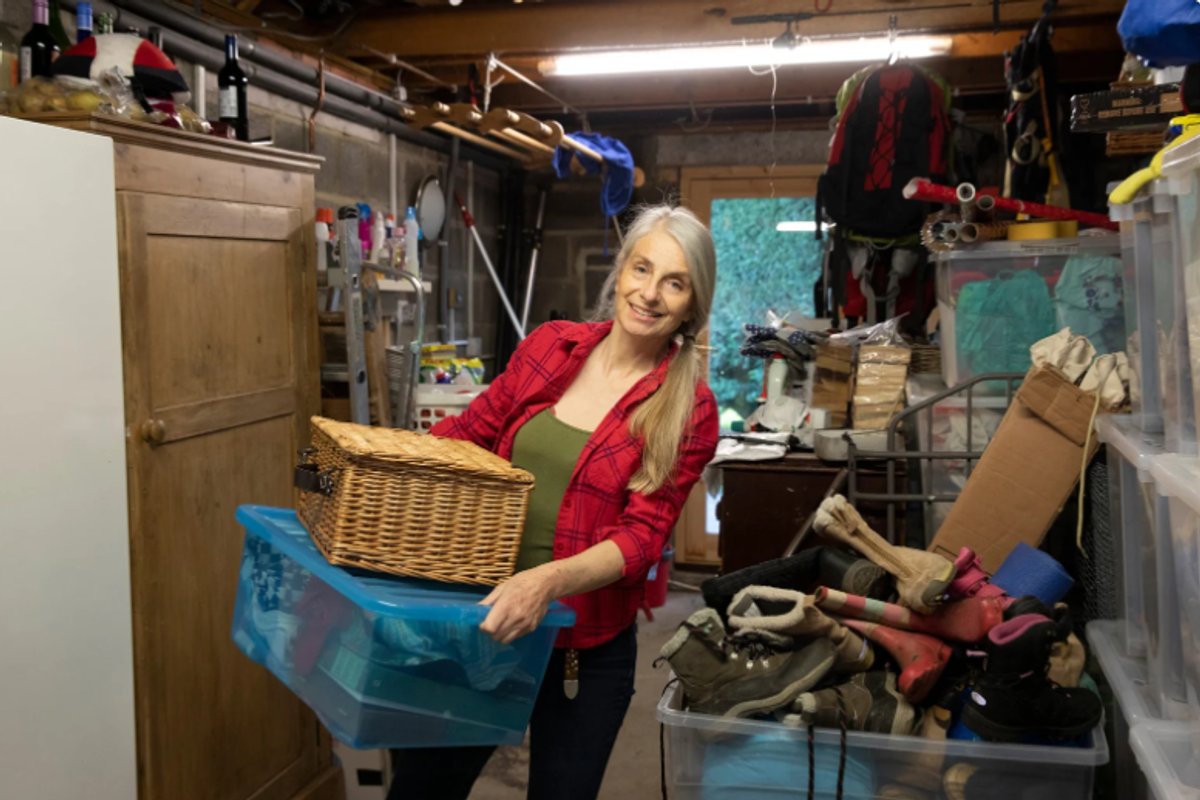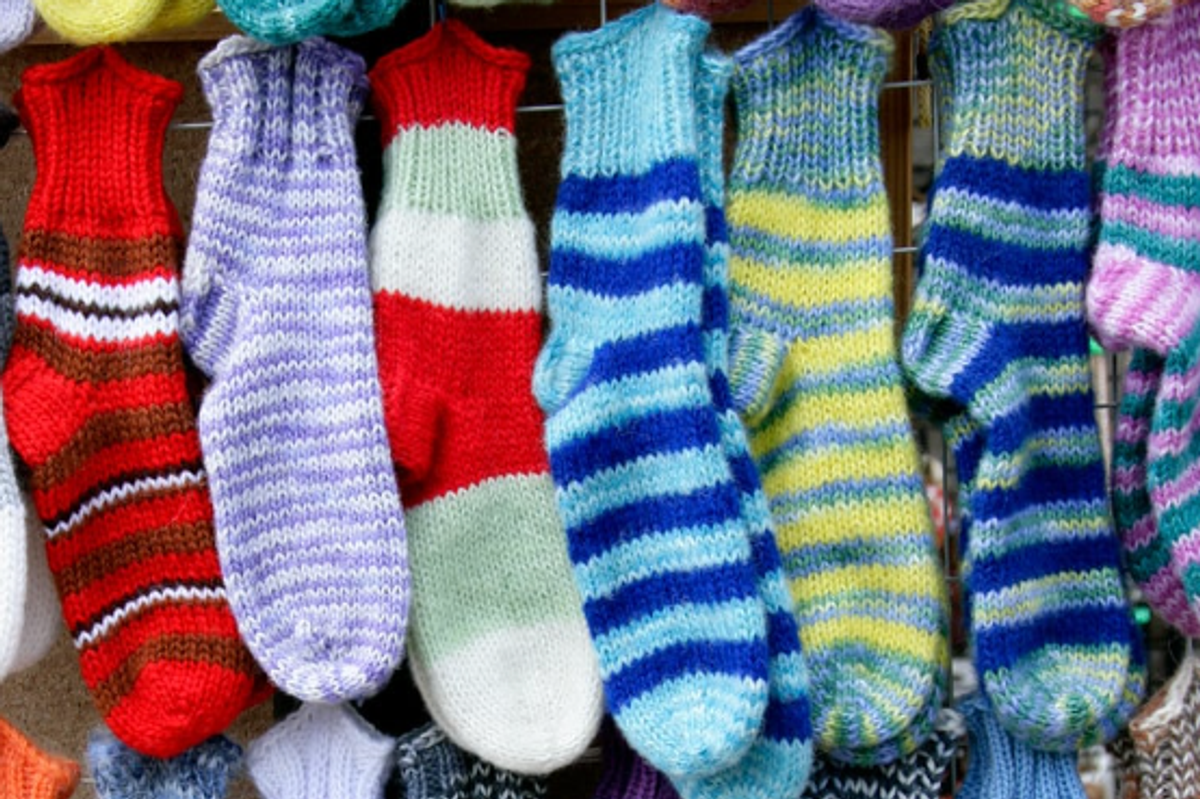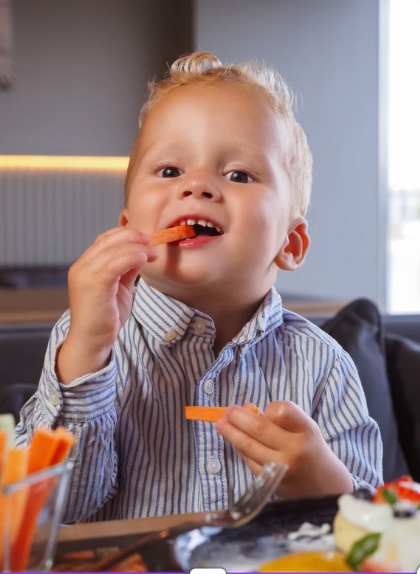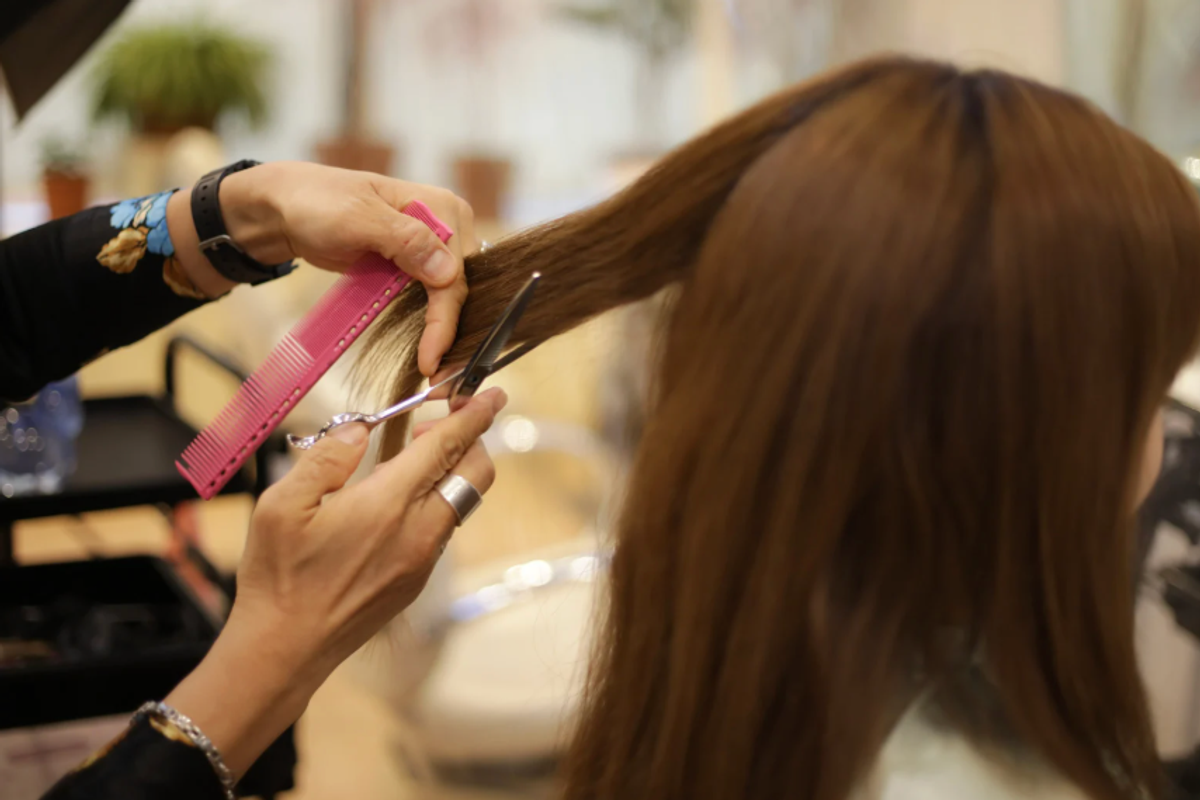The 2021 World Nature Photography Award winners are stunning
Here are 13 of the best shots.

The World Nature Photography Awards announced the winners of its 2021 photo contest and Amos Nachoum from the United States won the top cash prize award of $1,000 for his image of a leopard seal about to capture a defenseless gentoo penguin. Three years later, the images are still unforgettable.
Getting the photo was no easy task. Nachoum had to wait for hours on the remote island of Plano, off the Antarctic Peninsula, for the right moment at low tide when the seals entered a lagoon to catch their prey. Unfortunately, the photo is one of the last moments of the young penguin’s life. “The terrified penguin tried to escape as the game continued. But soon, the end came,” Nachoum said in a statement.
Other winners include a remarkable shot of a humpback whale just outside New York City, a majestic photo of an orangutan in a river and an arctic fox braving the frozen tundra in Iceland.
The photographs are a wonderful example of the dedication and care taken by nature photographers, but they’re also a reminder of our duty to care for the environment.
“The World Nature Photography Awards were founded in the belief that we can all make small efforts to shape the future of our planet in a positive way and that photography can influence people to see the world from a different perspective and change their own habits for the good of the planet. 2021’s competition saw entries come in from 20 countries across 6 continents,” the World Nature Photography Awards said in a press release.
World Nature Photographer of the Year and Gold Winner in "Behavior - Mammals" — Amos Nachoum, USA

Amos Nachoum/World Nature Photography Awards
"For hours, I waited for the low tide to arrive along a shallow lagoon on a remote island off the Antarctic Peninsula. Like clockwork, the leopard seal arrived in the lagoon just before low tide. It put its head in the water and looked just like a rock sitting in the receding water. The young Gentoo penguins only dare to enter the water when it is shallow and when they got close enough to the seal, it turned its head at lightning speed, catching one of the penguins by its feet and taking it to deep water. Once the seal reached open water, I followed it and swam parallel to it, observing its actions. To my surprise, it let go of the penguin twice. Each time, the seal chased after the penguin again, as if it was enjoying the game. The terrified penguin tried to escape as the game continued. But soon, the end came."
Gold Winner in "Animal Portraits" — Tom Vierus, Fiji

Tom Vierus/World Nature Photography Awards
"Long-tailed macaques enjoy the warmth of each other during a hot day in Bali, Indonesia. These animals show very similar behaviour to us humans including enjoying each other trusting company. The macaques are used to humans and are commonly found around temples where they tend to feed on food sacrifices by the locals."
Gold Winner in "Behavior - Amphibians and Reptiles" — Shayne Kaye, Canada

Shayne Kaye/World Nature Photography Awards
"This shot came out of a 'nothing' outing to a local park. It was the middle of a sunny summer day with harsh light and little activity. After going out with low expectations, I came across this tiny Pacific Tree Frog on a flower. After waiting for it to move into a more photogenic position on the flower, and trying repeatedly to catch the mottled light through the tree’s leaves above it at exactly the right spot, I got exactly what I was hoping for. It proved to me that there’s really no bad time to head into nature with a camera!"
Gold Winner in "Behavior - Birds" — Ashok Behera, India

via Ashok Behera/World Nature Photography Awards
"A wildebeest’s eyes being gorged by an African vulture, keenly watched by an African fox for an opportunity to scavenge. Taken at Masai Mara, Kenya."
Gold Winner in "Behavior - Invertebrates" — Chin Leong Teo, Singapore

via Chin Leong Teo/World Nature Photography Awards
"The common red ant is ingenious at traversing terrain. When front scout ants encounter a water obstacle, they intuitively form an "ant-bridge" with their bodies, so that their ant-mates at the back of the party can cross."
Gold Winner in "Nature Art" — Federico Testi, Italy

Federico Testi/World Nature Photography Awards
"The natural creativity of San Quirico d'orcia, in Tuscany, Italy. Waves, shapes and tone created by light, in harmony with the universe."
Gold Winner in "People and Nature" — Sabrina Inderbitzi, Switzerland

Sabrina Inderbitzi/World Nature Photography Awards
"I crawled into this ice cave on the totally frozen Lake Baikal in Russia. First I didn't like the fact that the car and the people were in the middle of my picture, but then on a second view I found it just perfect."
Gold Winner in "Plants and Fungi" — Gautam Kamat Bambolkar, India

Gautam Kamat Bambolkar/World Nature Photography Awards
"Entrance to a room inside an abandoned house in Goa, India. It is fascinating how mother nature takes over from where man has left."
Gold Winner in "Urban Wildlife" — Matthijs Noome, USA

Matthijs Noome/World Nature Photography Awards
"Finally got the shot I wanted: a humpback's fluke with the New York City downtown skyline in the distance. As water quality measures and conservation efforts have started to show real results over the last years, humpback whales are becoming a common sight more and more in New York waters."
Gold Winner in "Planet Earth's Landscapes and Environments" — Sam Wilson, Australia

Sam Wilson/World Nature Photography Awards
"Travelling down random dirt roads can be so rewarding when you are greeted with scenes like this. Taken on South Island, New Zealand."
Gold Winner in "Black and White" — Vince Burton, United Kingdom

Vince Burton/World Nature Photography Awards
"A recent trip to Iceland where we were lucky to view and photograph the rare 'blue morph' Arctic fox. The weather conditions were extreme, but that didn't seem to bother the fox."
Gold Winner in "Animals in Their Habitat" — Thomas Vijayan, Canada

Thomas Vijayan/World Nature Photography Awards
"Mature male orangutans have large flappy cheek-pads, known as flanges, a throat sac used to make loud verbalisations called long calls. Once they reach maturity, they spend most of their time alone, about 90%. I was lucky enough to get this fully-grown, matured orangutan giving me the best pose possible."
Gold Winner in "Nature Photojournalism" — Alain Schroeder, Belgium

Alain Schroeder/World Nature Photography Awards
"Sibolangit, SOCP Quarantine Centre, North Sumatra, Indonesia. The whole SOCP team works together to prepare Brenda, an estimated 3-month-old female orangutan (she has no teeth yet), for surgery. A sedative is administered, the arm is shaved, her temperature is taken, while others hold her head or her hand out of compassion for the baby. During the three-hour procedure, Dr. Andreas Messikommer, a renowned orthopaedic surgeon invited from Switzerland, will place a pin and screws to secure the damaged humerus. Brenda was confiscated from a villager in Blang Pidie on the west coast of Aceh who was keeping her as a pet."
This article originally appeared three years ago.
- A contest was held to find this year's funniest animal photo. Here are ... ›
- Creatures Under Water Winner: Chee Kee Teo "Time for School ... ›
- The 2021 Comedy Wildlife Awards winners - Upworthy ›
- Weather Photographer of the Year announced for 2022 - Upworthy ›
- 2022 Wildlife Photographer of the Year announced - Upworthy ›
- Rare river dolphin photo wins Underwater Photographer contest - Upworthy ›
- Story behind an iconic BLM photo - Upworthy ›
- 13 winners from the 2021 World Nature Photography Awards - Upworthy ›





 Coworkers laughing in the hallway. via
Coworkers laughing in the hallway. via A man and woman enjoying a conversation.via
A man and woman enjoying a conversation.via


 Colorful knitted socks hanging on display.
Colorful knitted socks hanging on display. Little one enjoying a crunchy carrot snack! 🥕
Little one enjoying a crunchy carrot snack! 🥕 Fresh haircut underway in the salon.
Fresh haircut underway in the salon. Joyful laughter under the sun.
Joyful laughter under the sun.